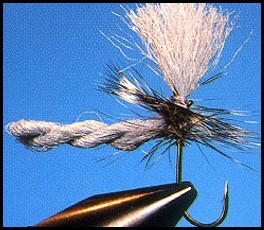Hook: Scud or dry fly, size 12 - 20.
Thread: Color to match body.
Body/Wing: Poly, color to match insect.
Hackle: Grizzly or match the insect.
Tying Instruction for the Para Glen:
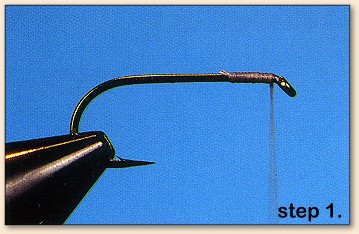
Step 1: The thread base is placed directly behind the hook
eye and only covers the front one-fourth of the hook shank.
Be certain to leave the back part of the hook bare so it
will readily sink into the water.
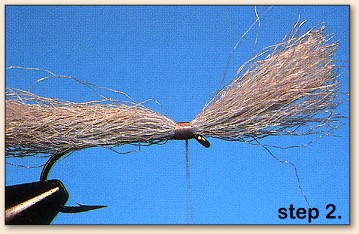
Step 2: Bind the poly yarn to the hook so a short tuft
sticks out over the hook eye and the rest extends toward
the back.
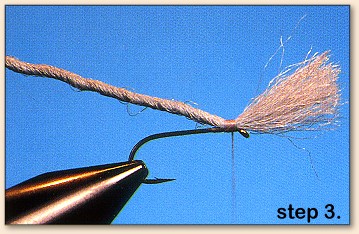
Step 3: Twist the section of poly extending to the
rear very tight. It should be twisted so tight it
starts to "bundle" upon its self.
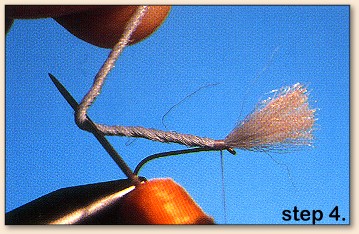
Step 4: Fold the tightly twisted poly over and allow
it to wrap around itself to form an extended body.
Bind furled body in place and trim excess even with
the poly remaining from Step 2. We find using a
bodkin at the fold-over point helpful with this
step.
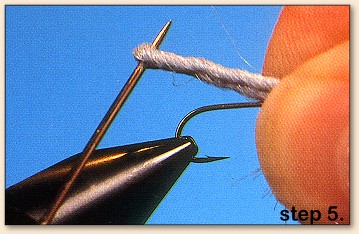
Step 5: Take a couple of loops of thread around the
extended body and anchor it to the hook shank. It
should stick straight up in the air for the time
being. Tie on the hackle directly behind the
extended body. Also bind the excess stem to the
area just in front of the body.
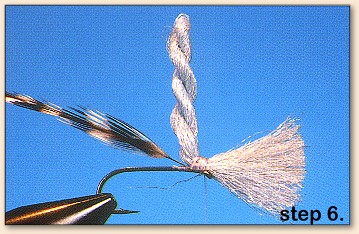
Step 6: Wrap the hackle one or two turns behind the
body and several in front of the body. Tie it off
directly behind the wings.
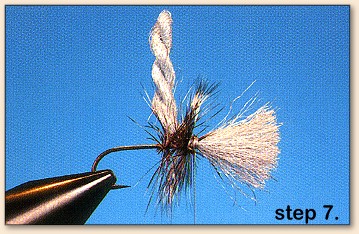
Step 7: Whip finish and trim the thread. Flip the
fly in the vise so yu can observe the position it takes
in the water. It fishes like a parachute but ties
like a regularly hackled pattern.
Finished fly:
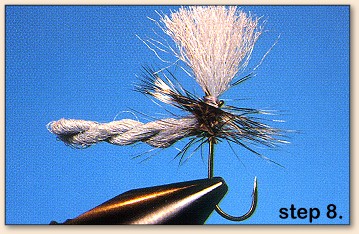
~Al and Gretchen, Boise, Idaho
Credits: The O2 Stonefly Adult is from Al & Gretchen Beatty's book,
Innovative Flies and Techniques, published by Frank Amato
Publications, (2005). You can read a review of this terrific book
HERE.
~ DLB

